Not To Be Confused With... UK&I Golf Courses With Similar Names
And it's not just golf courses with similar names, but even the same names in some instances! Read on to find out more...


Not To Be Confused With... Golf Courses With Similar Names
Do you know your Fulford - one of Yorkshire's best courses - from your Fulford Heath from your Frilford Heath? Or your Libbaton from your Liberton, St Mellion from St Mellons or Dooks from Dukes?
These, along with many others, are examples of UK&I golf clubs with similar-sounding names that could potentially trip up the unsuspecting golfer. But does it really happen? Not often, of course, but someone once told me of a mutual industry acquaintance who turned up for a golf day at the wrong, similar-sounding golf club a hundred miles away thus missing out on all the fun.
And back in 1937, the great Walter Hagen rolled into town for an exhibition match with Australian Joe Kirkwood on an island off the west coast of Scotland… but the wrong island! The course they had been recommended by Tommy Armour was The Machrie on Islay; instead, Hagen and Kirkwood, for reasons undisclosed, showed up on Arran at the delightful, but somewhat more modest nine-holer at Machrie Bay. The exhibition went ahead regardless as the pair took on and beat two no doubt slightly bewildered locals.

Hagen and co. turned up at Machrie Bay on Arran (left) rather than The Machrie on Islay (right)
The two Machries are far from alone when it comes to identical club names or spellings in the UK & Ireland. There are Blackwoods in County Down and Monmouthshire; Ashbournes in County Meath and Derbyshire; Roundwoods in County Wicklow and Yorkshire; Temples in Berkshire and County Down; and Groves in Hertfordshire and Bridgend.
Here, Rob Smith and I pick out five more matching pairs, with particular care required for the two Newports, which lie 109 miles apart in south Wales, and the two Heworths, which lie a mere 83 miles apart in the north-east of England…
Bowood
Cornwall and Wiltshire
Coincidentally, both Bowood in Wiltshire and Bowood Park in Cornwall were opened in 1992. Both are very attractive, both are parkland, both are in the west country, both are long from the back tees, and both are also home to a hotel. Thereafter, the similarities disappear. Wiltshire Bowood is the official PGA course in the area and it was designed by Dave Thomas. It is one of the best courses in Wiltshire and runs through gently rolling pastureland over part of an expansive estate where Capability Brown weaved his creative magic back in the 1760s.
Subscribe to the Golf Monthly newsletter to stay up to date with all the latest tour news, equipment news, reviews, head-to-heads and buyer’s guides from our team of experienced experts.
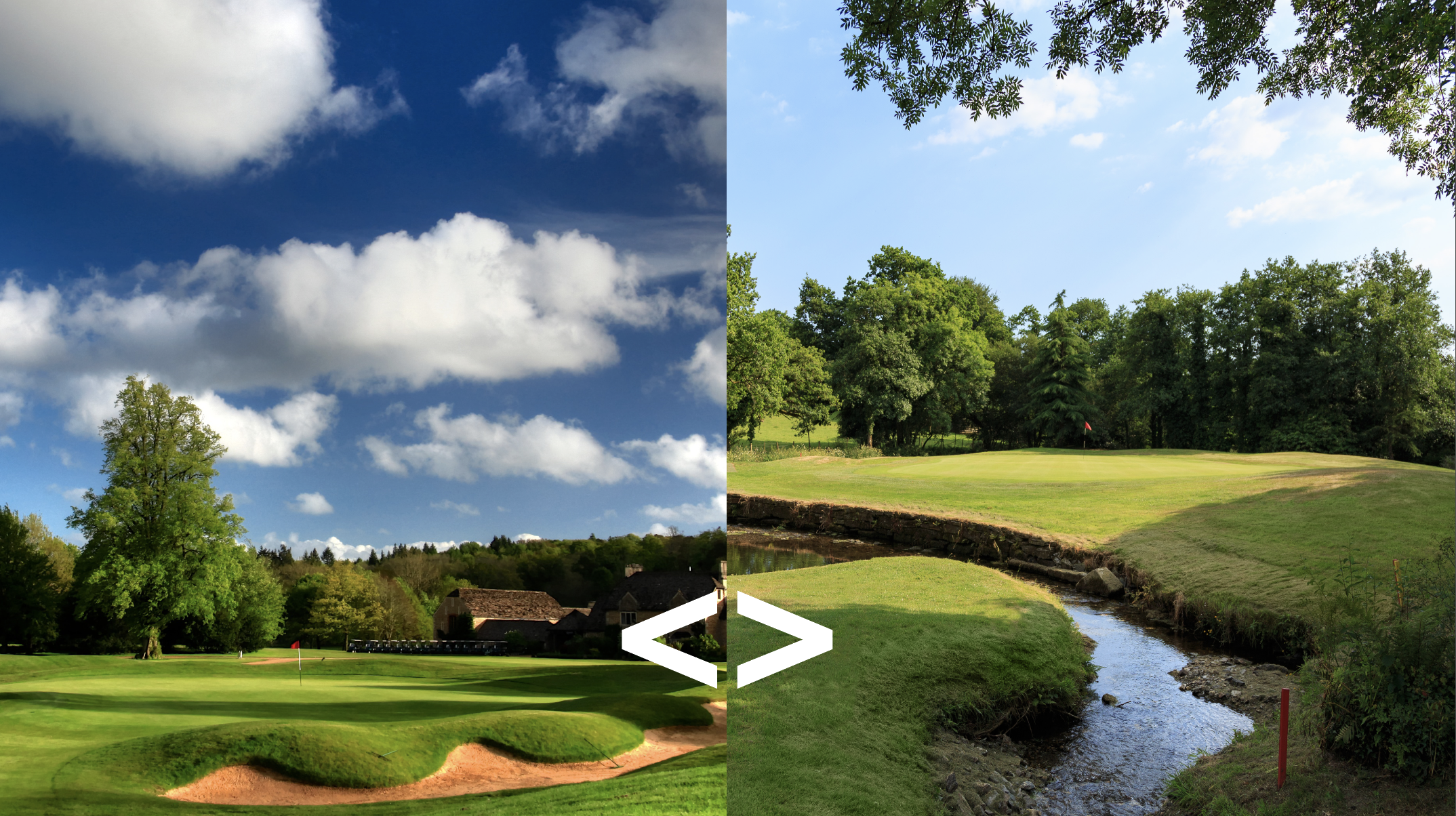
Bowood, Wiltshire (left) and Bowood Park, Cornwall (right) have a fair bit in common with the 'Park' added after opening to limit confusion
125 miles further south-west, Cornwall’s Bowood added the Park to its name some time after opening (to avoid confusion, perhaps). It was also designed by another former Ryder Cupper, Brian Huggett. As you might expect in such a beautiful county, the setting is delightful, and the hotel makes a great base for golfing groups. There are several very good holes, especially the par-4 12th through the trees and over water, and the par 5 that follows.
Warren
Devon and Essex
Warren and The Warren may only be differentiated by a pronoun, but in almost every other way they could not be more different. Warren in Devon is a natural and traditional links that is very flat and stretches out over a promontory jutting out into the mouth of the River Exe. It is also the site of a nature reserve and a fine test of shot-making, particularly when the wind is up. It was designed by James Braid and is well bunkered. Unusually, a handful of these bunkers have been designed to hold water, and it also boasts a one-off finishing hole with a tee in the marshes and the green in a hollow between the entrance road and the local mainline station.
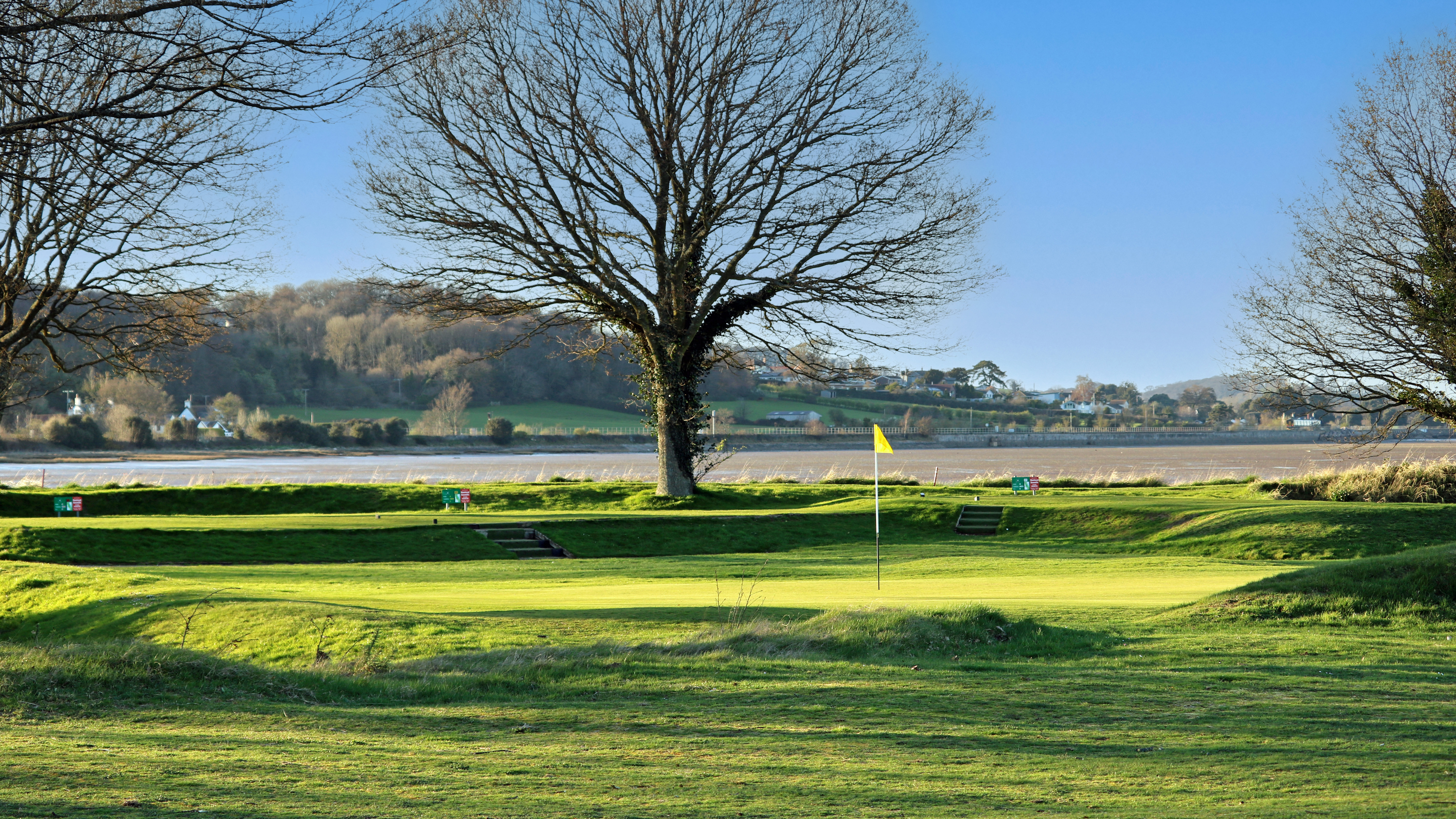
Warren Golf Club's links course in Devon is very different to its Essex namesake's
A little way from Chelmsford in Essex, The Warren Estate is home to two clubs; the Warren itself with its 18-hole, par-70 parkland course, and the neighbouring par-35 nine-holer known as Bunsay Downs. There’s even a nine-hole par-3 course, Badgers, which is ideal for beginners or those wanting to practise their short game. Having begun life as a nine-holer, the estate has evolved steadily during its 120-year history, and it is blessed with a more undulating topography than most of the county’s courses.
Newport
Monmouthshire and Pembrokeshire
The city of Newport may have planted itself indelibly on the golfing map at Celtic Manor in 2010, but seven miles further west down the M4, its eponymous golf club has been playing alongside the ancient Llwyni Wood for well over a century. Newport Golf Club was founded in 1903 before moving to its Rogerstone site in 1912. The mature parkland layout starts with an attractive down-and-up opener, with many strong holes following, among them the frighteningly tight 11th and testing SI-1 13th. The 17th is then a gem – you’re barely a mile from the bustling M4 but really could be miles from anywhere as you gaze down from the plateau fairway towards a backdrop of rolling hills.
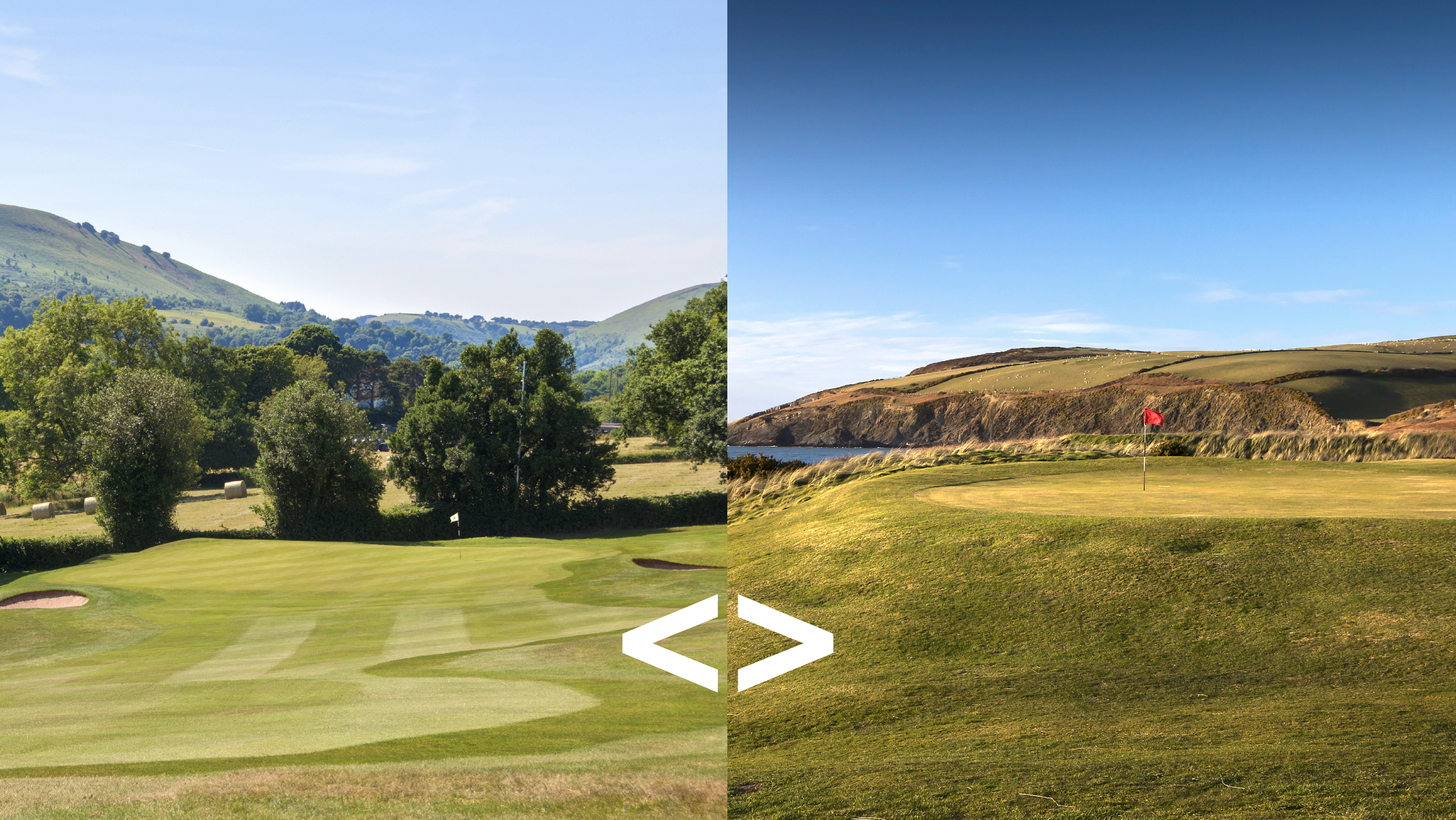
Newport's parkland course in Monmouthshire (left) and Newport Links in Pembrokeshire (right)
Well beyond the western end of the M4, just a few miles from Fishguard in Pembrokeshire, lies another Newport – Newport Links, now part of the Newport Sands Resort, which has been offering four-star accommodation on-site since 1998. Ten years after that, a further nine holes were added to the original links nine looking out over Newport Bay created by James Braid in 1925. The course boasts a truly memorable par 3 right by the beach. The 15th (formerly 6th) is a demanding 190-yarder completely at the whim of the wind blowing in off the Irish Sea.
Heworth
Yorkshire and Tyne & Wear
Our closest pair of namesakes lie less than two hours apart in the north-east of England. Heworth Golf Club in York was founded in 1911 – the same year as Golf Monthly – and plays over 11 parkland holes just a mile from York city centre. You complete an 18-hole round by playing the 3rd to 9th twice from different tees. It is the only club located within the city of York’s boundaries and, in 1931, was one of four founding members of the York Union of Golf Clubs, whose membership is now up into double figures.
The other Heworth, right beside the A194(M) in Gateshead, Tyne and Wear, was founded just a year later. It, too, is a parkland affair stretching to almost 6,500 yards off the whites, with hole names including Gingling Gate, Mouse Trap and Dixielanders. The Mouse Trap is the name of the tiny par-3 3rd that can certainly catch you out despite its mere 124 yards as it is well-protected by bunkers and a rear run-off area. The 18th is then a par 3 of almost twice the length with four bunkers and OOB to contemplate as you tackle this demanding 230-yarder.
Westhill / West Hill
Aberdeenshire and Surrey
Many clubs have a West in their name and many others have a Hill, and these two extremely different clubs differ in name by way of a simple space. Westhill lies a few miles due west of Aberdeen. It is a relative youngster dating back to 1977 and was formed with the idea of sustainable and enjoyable golf. While its 18 holes only stretch to just over 5,800 yards, the ‘hill’ in the name is very relevant as the course clings to it meaning new and attractive views all the way.
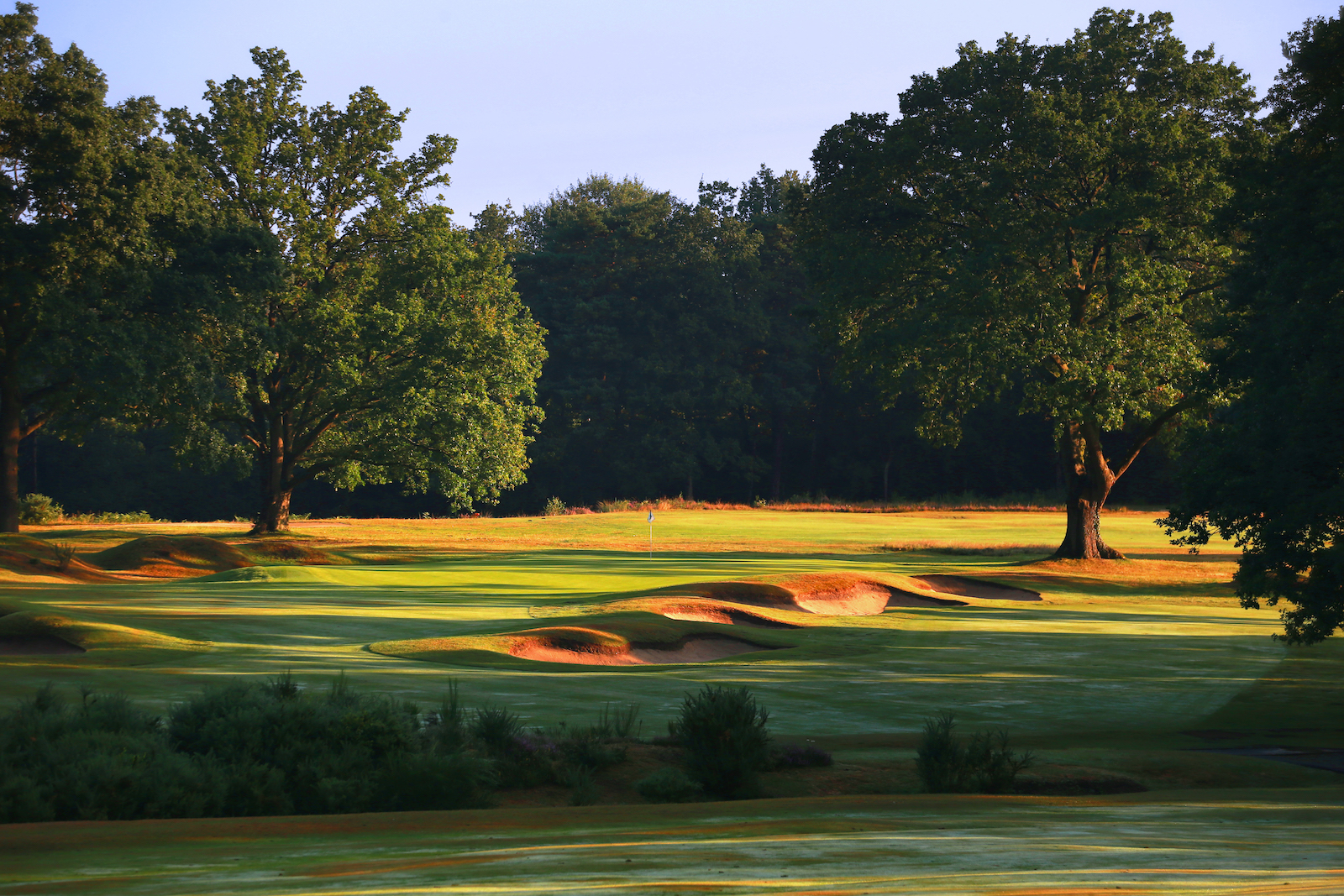
The West Hill in Surrey is two words and ranks among Golf Monthly's Top 100 UK&I courses
Not far from London, West Hill is one of the famous Three Ws, virtually bordering Woking and Worplesdon, and ranks among the best courses in Surrey. All are in the Golf Monthly Top 100 with West Hill the youngest. Despite its name, it is relatively flat and in recent years the club has made subtle improvements while perfecting the conditioning. What remains is largely the original design by Cuthbert Butchart, and although it may not appear long at first glance, with five lovely par 3s it plays every inch of its yardage. The Brookwood stream comes into play on a few holes, particularly at the start.
One letter out...
For those of us with clumsy fingers, it is all too easy to mistype a letter and come up with an unexpected result. These six pairs of clubs, with just one letter different, are prime candidates and there are doubtless others.
Rushmere / Rushmore
Heathland Rushmere in Suffolk is the original home of Ipswich Golf Club from 1895, while straddling the Dorset/Wiltshire border, Rushmore is an attractive parkland layout 100 years its junior.
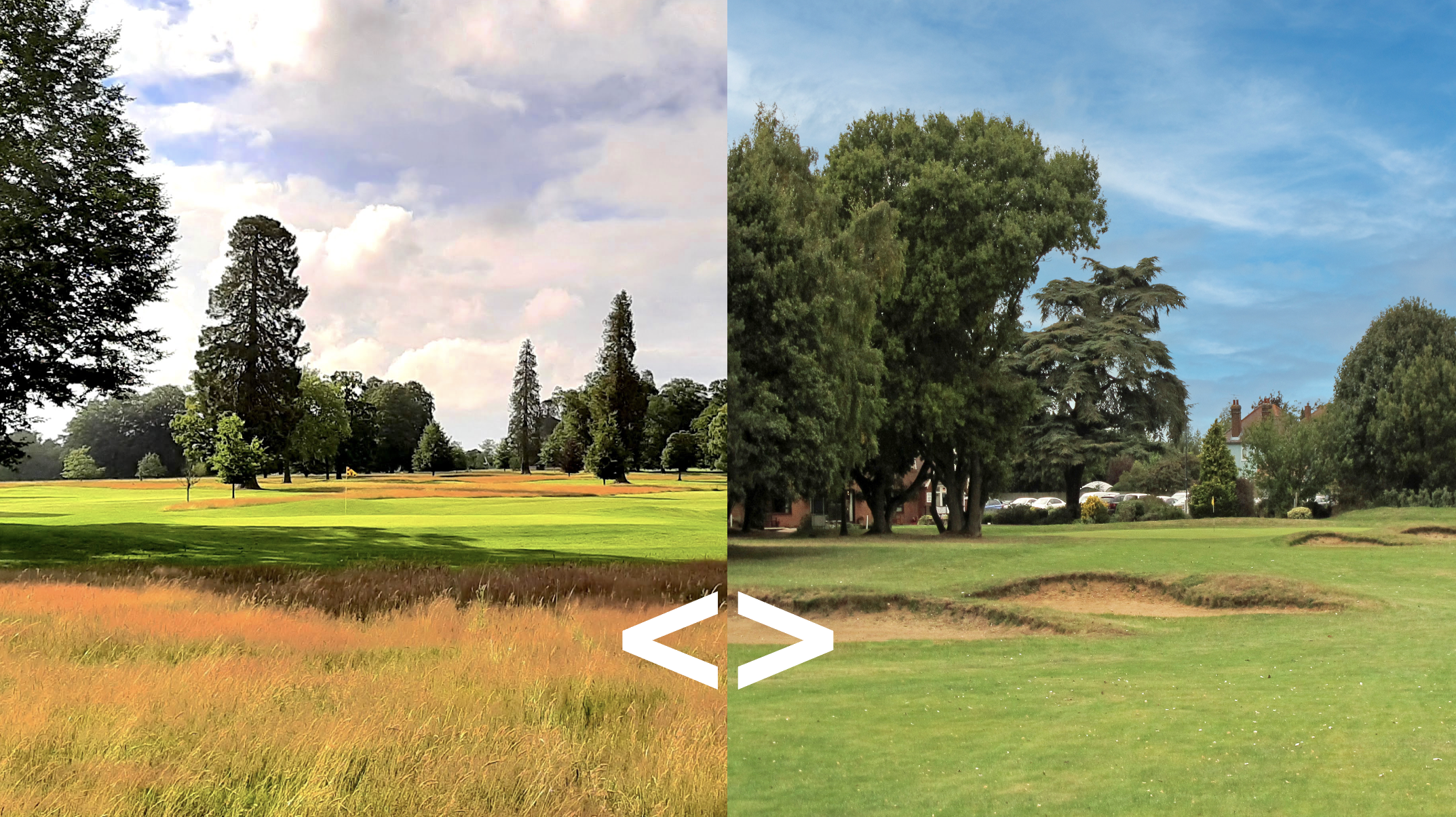
Rushmore on the Dorset/Wiltshire border (left) and Rushmere in Suffolk (right)
Caversham / Faversham
The impressively upgraded downland course at The Caversham is the new home of Reading Golf Club; Faversham is a charming parkland design in very rural Kent.
Comrie / Corrie
These two Scottish nine-holers are packed with individuality and views. Comrie in Perthshire is surrounded by mountains, while Corrie on Arran punches way above its weight.
Durness / Furness
Spectacular solitude defines both nine-hole Durness, which runs over a dunescape on the northern coast of Scotland, and Furness in Cumbria, the third-oldest links in the country.
Glencorse / Glen Gorse
Glencorse sounds Scottish and is; a sporty Willie Park Junior design near Edinburgh. Glen Gorse sounds Scottish and isn’t; a testing, tree-lined design in the Leicester suburbs.
Disley / Wisley
Something old, something new. Disley dates back to 1889 and is a great-value James Braid design, while The Wisley is a sumptuous Robert Trent Jones Junior creation a century younger and one of the most exclusive clubs in the UK.

Jeremy Ellwood has worked in the golf industry since 1993 and for Golf Monthly since 2002 when he started out as equipment editor. He is now a freelance journalist writing mainly for Golf Monthly. He is an expert on the Rules of Golf having qualified through an R&A course to become a golf referee. He is a senior panelist for Golf Monthly's Top 100 UK & Ireland Course Rankings and has played all of the Top 100 plus 91 of the Next 100, making him well-qualified when it comes to assessing and comparing our premier golf courses. He has now played 1,000 golf courses worldwide in 35 countries, from the humblest of nine-holers in the Scottish Highlands to the very grandest of international golf resorts. He reached the 1,000 mark on his 60th birthday in October 2023 on Vale do Lobo's Ocean course. Put him on a links course anywhere and he will be blissfully content.
Jezz can be contacted via Twitter - @JezzEllwoodGolf
Jeremy is currently playing...
Driver: Ping G425 LST 10.5˚ (draw setting), Mitsubishi Tensei AV Orange 55 S shaft
3 wood: Srixon ZX, EvenFlow Riptide 6.0 S 50g shaft
Hybrid: Ping G425 17˚, Mitsubishi Tensei CK Pro Orange 80 S shaft
Irons 3- to 8-iron: Ping i525, True Temper Dynamic Gold 105 R300 shafts
Irons 9-iron and PW: Honma TWorld TW747Vx, Nippon NS Pro regular shaft
Wedges: Ping Glide 4.0 50˚ and 54˚, 12˚ bounce, True Temper Dynamic Gold 105 R300 shafts
Putter: Kramski HPP 325
Ball: Any premium ball I can find in a charity shop or similar (or out on the course!)